Description
Sorghum grain for sale: Learn about sorghum’s nutritional benefits, digestibility, and cost-effectiveness as alternative to corn in cattle diets.
Sorghum grain for sale
Sorghum: The Up-and-Coming Grain for Cattle Feeding
For cattle producers looking to optimize feed costs and improve animal performance, sorghum grain is increasingly gaining recognition as a viable and nutritious alternative to corn. While corn has long been the dominant grain in cattle rations, sorghum offers a range of benefits, including drought tolerance, comparable nutritional value, and often, a more budget-friendly price tag. Let’s delve into the advantages of utilizing sorghum in cattle feeding strategies.
Why Consider Sorghum?
- Drought Resistance: In regions prone to water scarcity, sorghum’s resilience to drought conditions makes it a particularly attractive option. It requires less water than corn, making it a more sustainable choice in drier climates. This reliability can translate to a more consistent and predictable feed supply, mitigating risks associated with fluctuating weather patterns.
- Nutritional Value Parity: While often perceived as less nutritious, the nutritional profile of sorghum grain is surprisingly similar to corn when properly processed. It boasts comparable energy content, primarily in the form of readily digestible carbohydrates. While sorghum may have slight differences in micronutrient composition, these can be easily addressed with balanced ration formulation.
- Cost-Effectiveness: In many areas, sorghum grain is priced lower than corn, providing a significant opportunity to reduce feed costs without sacrificing animal performance. This cost advantage can be particularly impactful during periods of high corn prices or when transportation costs make corn less competitive.
- Variety and Versatility: Sorghum comes in various varieties, each with slightly different characteristics. This allows producers to select the best suited varieties based on their specific needs and geographic location. Furthermore, sorghum can be incorporated into cattle rations in various forms, including whole grain, rolled, cracked, or steam-flaked, offering flexibility in feed processing.
Optimizing Sorghum in Cattle Rations:
While sorghum offers significant potential, maximizing its benefits requires careful consideration and proper management:
- Processing is Key: Sorghum grain has a hard outer layer that limits digestibility. Therefore, processing is crucial to break down the seed coat and improve nutrient availability. Common processing methods include rolling, cracking, steam flaking, and micronizing. Steam flaking is generally considered the most effective method for improving starch digestibility.
- Ration Balancing: Like any feed ingredient, sorghum should be incorporated into a well-balanced ration formulated by a qualified nutritionist. This ensures that the animals receive all the essential nutrients, including protein, vitamins, and minerals, required for optimal growth, reproduction, and overall health.
- Gradual Introduction: When introducing sorghum into a cattle ration, it’s best to do so gradually to allow the rumen microbes to adapt and efficiently digest the new feed source. A sudden switch can lead to digestive upset and reduced performance.
- Consider Tannin Content: Some sorghum varieties contain tannins, which can interfere with nutrient absorption. Selecting low-tannin varieties or using tannin-deactivating agents can help mitigate this issue.
Looking Ahead:
As water scarcity concerns grow and feed costs continue to fluctuate, sorghum grain is poised to become an increasingly important component of cattle feeding strategies. By understanding its benefits and implementing proper management practices, cattle producers can leverage sorghum to achieve efficient and sustainable livestock production. Ongoing research continues to improve sorghum varieties and processing techniques, further enhancing its value as a cost-effective and nutritious feed source for cattle. By embracing sorghum, producers can enhance their profitability and contribute to a more resilient and sustainable beef industry.

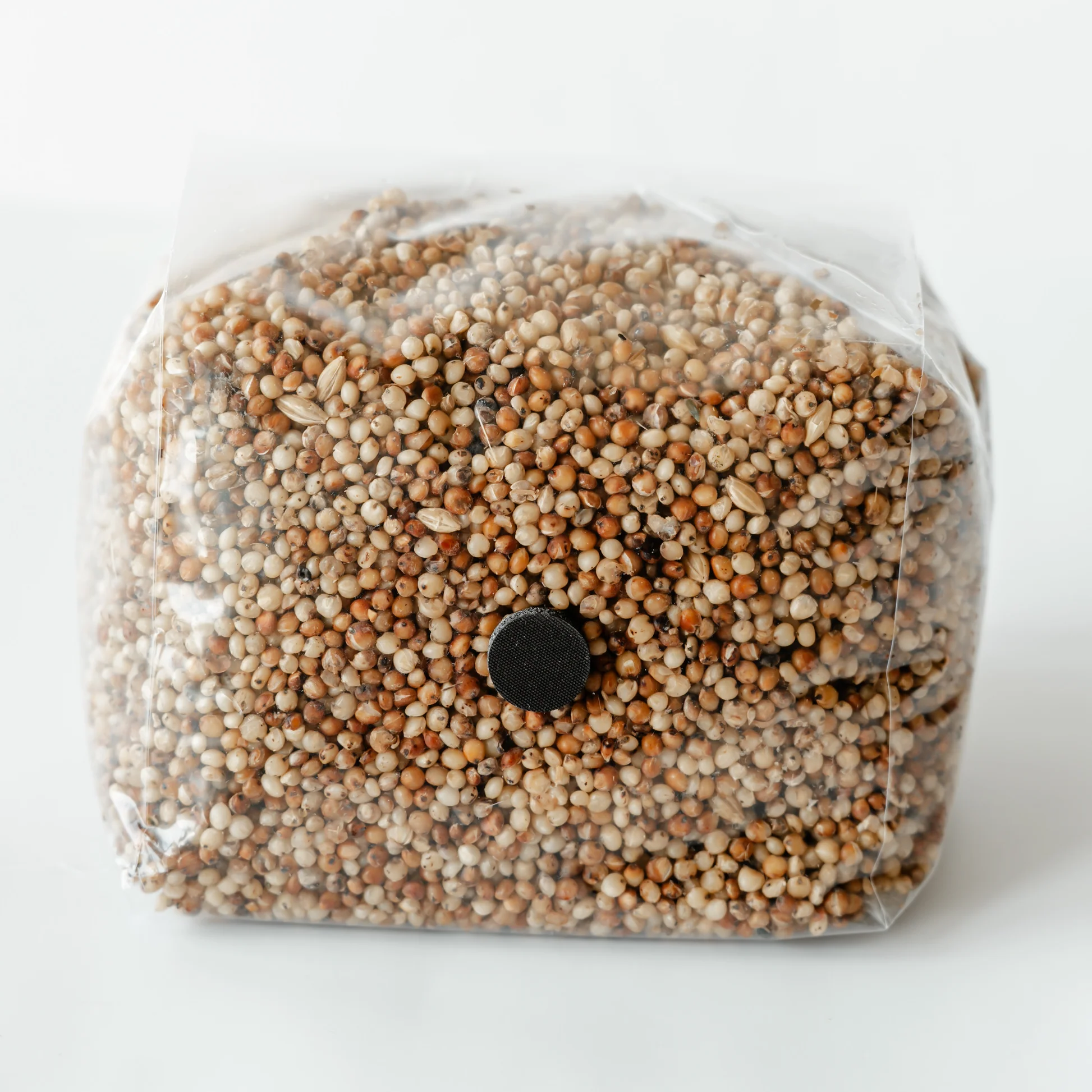

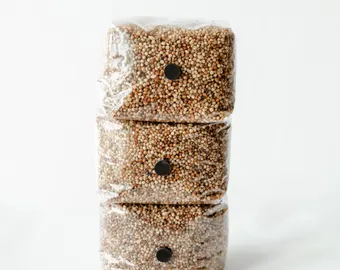
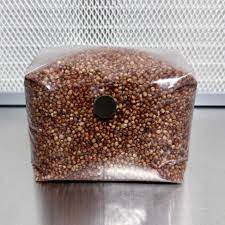
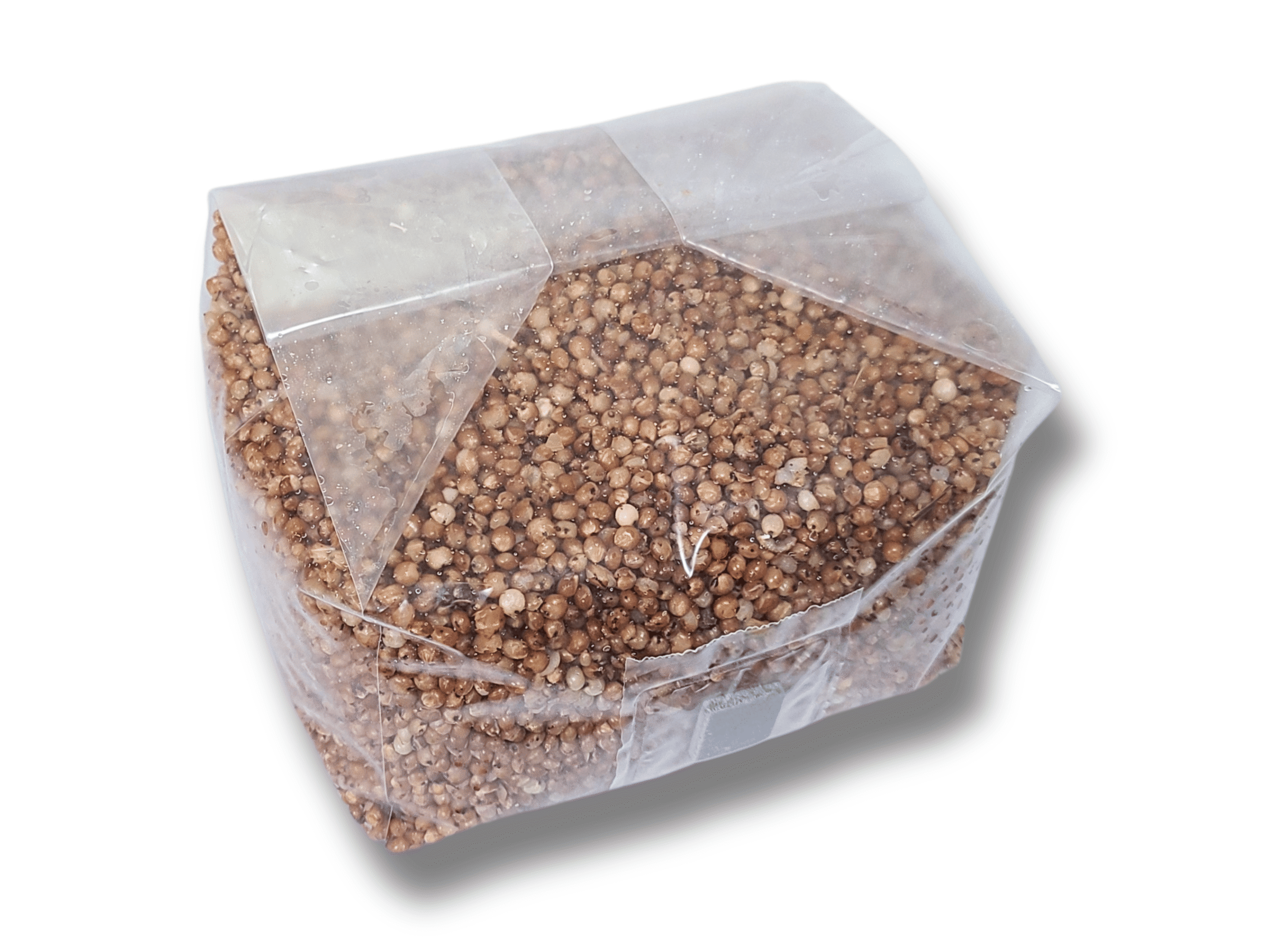

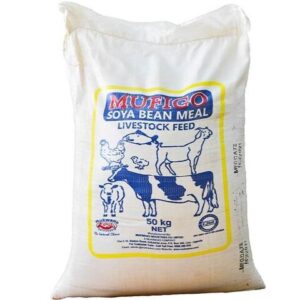

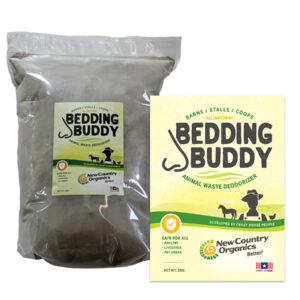


Reviews
There are no reviews yet.